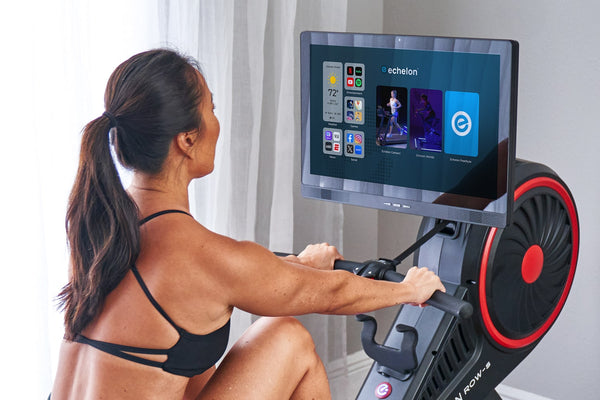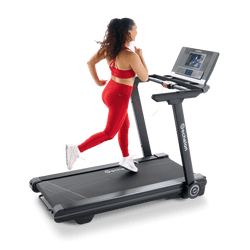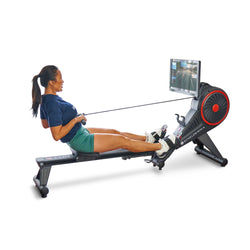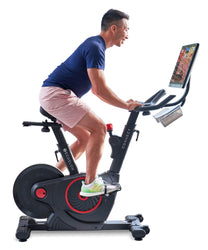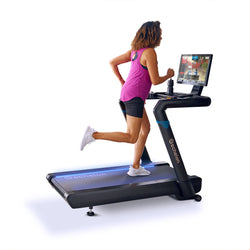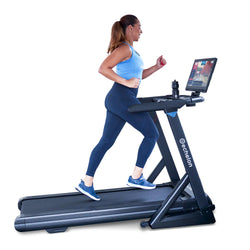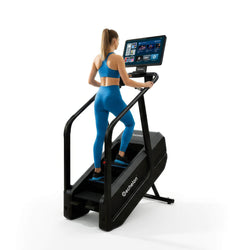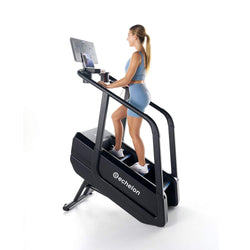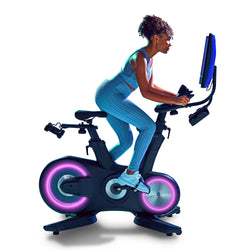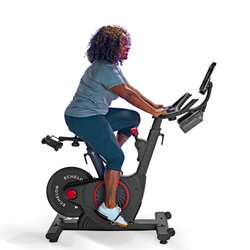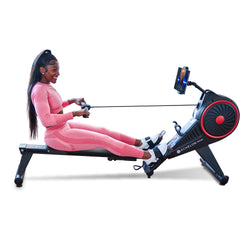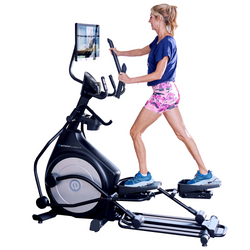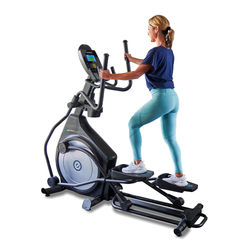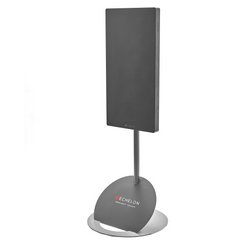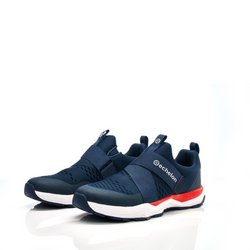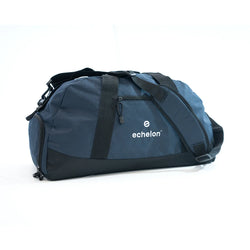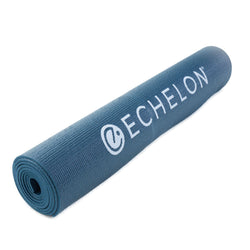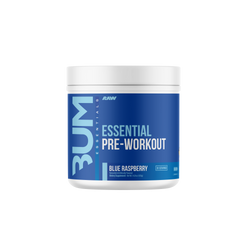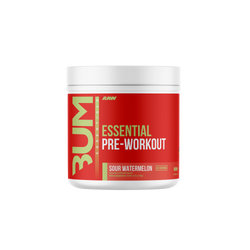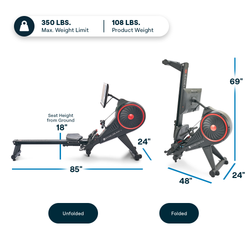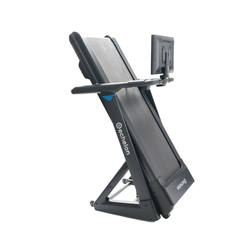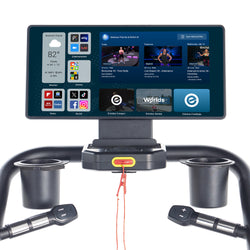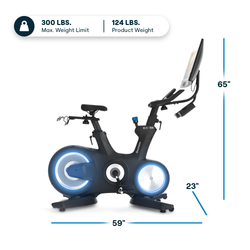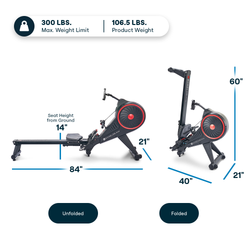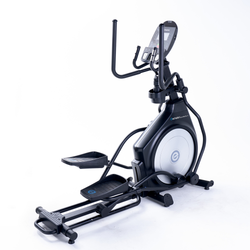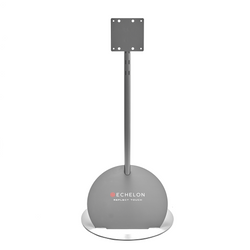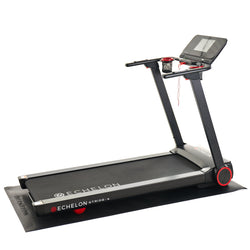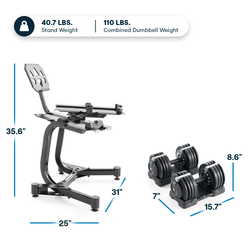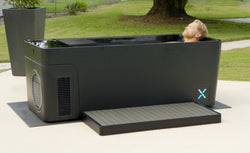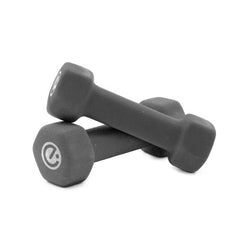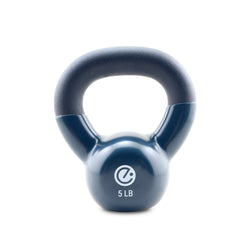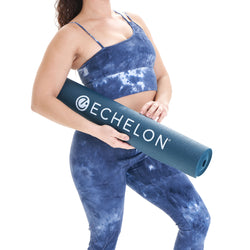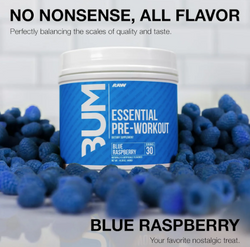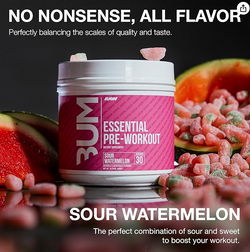Top Training Tips for Runners

Echelon UK instructor, Rowan Foggitt, sat down to share some of his top training tips for runners. Check out the full interview below and find out how you can start your own running journey with Echelon.
Is running for everyone?
Yes, running is for everyone, unless an individual has a condition that renders running impossible or painful. Humans have evolved to run, it's our natural locomotion. Running is an accessible way to keep fit, and the barrier to entry is so low as you only need yourself and your running shoes to get started. Running with a group of friends is a wonderfully social activity.
What would you say to someone just starting out with running?
Absolutely go for it but be sure to take things easy at first, in terms of both the pace and distance of each run. Volume and intensity should be carefully increased over several weeks, as injuries are all too common in runners. A walk/run/walk/run plan may suit a new runner best. Be sure to rest and recover fully between runs and be aware of your limitations and work with them. Target events should always be realistic and the training load safely manageable. And, please, don't continue to run through injuries or pain; let yourself recover and heal instead of pushing your body.
Talk me through your recommended pre- and post- workout/run routines.
Race runners: There are three key things to get right before a long run, whether it is a training run or the main event itself. Firstly, ensure you are well hydrated, especially if the weather is warm and taking on water during the run is difficult.
Second, be replete with energy. The night before an endurance activity should include a balanced main meal (there isn't a great need to hugely 'carb load') and at least 2 hours before the main activity itself, a meal that contains slow-release carbs is an ideal option. My go to for this is Whole oats porridge.
Thirdly, warm-up appropriately. Walk or jog to increase blood flow to the muscles being used in the activity and gradually increase intensity during the warm-up. On the start line, single leg calf raises prep the calves for the hard work they're about to be asked to do and may reduce injury risk.
New runners out for a short run: Focus on a thorough warm-up, just as the competitive race runners would. That may be 1 minute of air squats before leaving the house to warm up all lower body musculature or maybe 20 of the dreaded burpees! Build up from either a fast walk or light jog into your steady running pace gradually. Don't rush into doing high intensity intervals or sprints as this increases your risk of injury. Post-run, rehydrate with water and consider a short cooldown routine which may include static stretching. The Echelon Fit App contains a selection of ideal workouts.
How would you go about selecting treadmill settings for someone?
Treadmill settings depend on your goals for the run. On the Echelon Fit App the instructors actually guide you through this - they'll give you a suggested range for your speed and incline throughout the indoor running class, and you can adjust that based on your fitness level. There are also programs that guide beginners through this so they're familiar with the smart treadmill settings and how to get the most out of it. For those who like to run freestyle I'd suggest warming-up with a walk or slow run first of course, then select the settings based on whether it's a HIIT (higher speed) or endurance run (lower speed), for example, and have fun!
What sort of other training should a runner do?
Many runners do no other type of training and that works just fine for them. However, a stronger body is less likely to get injured and can make a runner more economical. A stronger body is also able to withstand a higher training load and recover more quickly. So, full-body strength training, practiced by all elite runners, is a sensible addition to a runner's training plan. For those who may struggle with the high-impact nature of running but still want to improve their running and cardio fitness, indoor cycling is a great low-impact way to do so. It's less stress on your joints and muscles and a great addition to a running routine.
